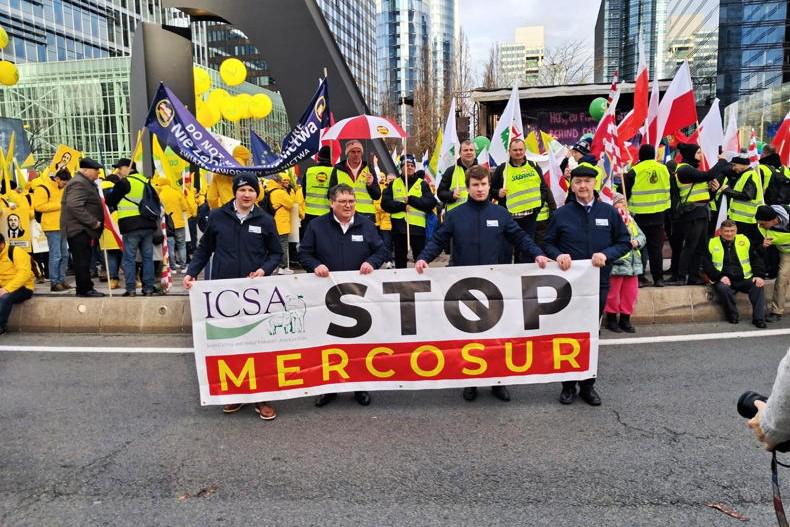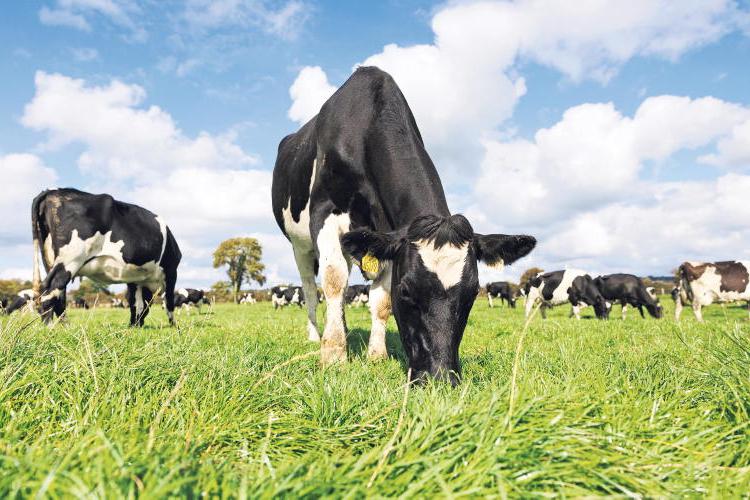Currently the average domestic pig price is €1.56/kg, but last week there were offers of €1.58/kg for spot loads.
Consequently there was an expectation on Friday that prices would increase but unfortunately they didn’t increase officially. The Irish market is now currently falling behind the EU average price, standing at 94% of EU price.
In contrast, at the start of the year they were up at 105% of EU price for some weeks. This is a major concern for pig farmers.
“We have requested meetings with all the processors to discuss current market trends and future prospects for pig farmers," Deirdre O'Shea, IFA pigs executive said.
Trends
The current Bord Bia market trends show imports have receded and exports are well up, both in volume and value terms and the consumption of the pigmeat category as a whole is up year on year.
Currently everything is working in favour of the pig industry, yet the price of €1.56/kg is not matching this. The breakeven price according to Teagasc is €1.55/kg for farmers buying compound feed and for home millers would be 6-7c below this. Farmers require a 50c margin over their feed costs to reach breakeven, but the margin to date has only been 35c, so farmers are missing 15c/kg.
Future
Farmers are only reaching breakeven price as of now and it is important that prices continue to move upwards to recoup losses of the past 18 months.
“We’ve a lot of ground to make up. It is important that we get over the €1.60/kg mark pretty quick if we could at all. We’re coming from a very low base price and that’s the problem”, according to O'Shea.
Russia not helping matters
The Russian ban on food imports which has been in place since July of 2014 has not helped the Irish or EU pig industry.
A lot of exports would have gone to Russia. However, no produce is being sent now and consequently the EU is 106% self-sufficient in pigmeat.
“Measures like the APS (Aid to Private Storage) scheme are helping a little bit to stabilise the markets but it’s really China that’s driving it on,” O’Shea added.
Things looking up
In the farmers' favour, for the first four of five months of this year, the pig kill was at 65,000/week; now it currently stands at around 62,500, according to the IFA. This would be a result of some farmers getting out of the business last year.
With the competition building among the factories, it might help drive the price. Similarly, numbers being exported to Northern Ireland and UK have slipped back 6,500 a week. Since the start of the year numbers have been gradually decreasing every week. Teagasc would estimate that somewhere up to the region of 10,000 sows have gone from the system in the last 10 months. Farmers who couldn’t cope with the low margins had no other option but to get out.
Action
The IFA is now looking for Minister for Agriculture, Food and the Marine, Michael Creed to set up a forum.
Simon Coveney launched a report last January which engaged with all stakeholders and put together a pig industry stakeholder report. It has 65 recommendations and has very beneficial information for all stakeholders, on topics such as pig health, welfare, marketing and promotion.
The pig industry is different from other commodities, such that the industry sells roughly 50% of its produce on the domestic market.
Imports are a big issue
“We don’t want imports coming in from countries such as Spain and Denmark undercutting our Irish produce. That’s a big issue for us," O'Shea said.
For factories, the home market offers the best return and value, so they feel that it is essential that they get as much of the Irish product out there.









SHARING OPTIONS